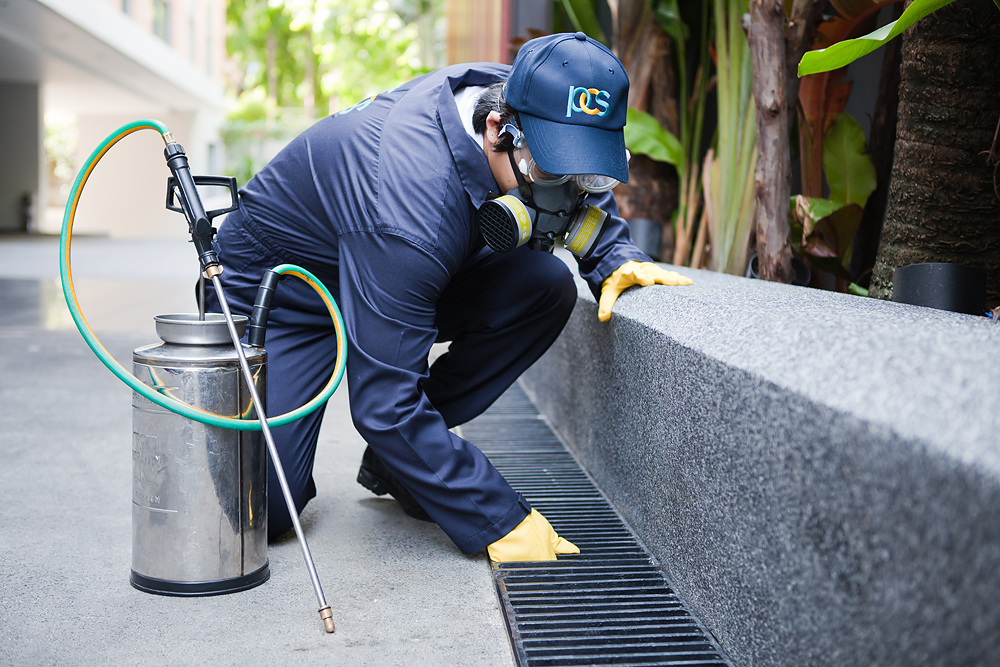Termite infestations can wreak havoc on buildings, causing structural damage and financial losses. Effective termite fumigation, based on the principles of science and precision, is crucial to eradicate these destructive pests. The science of termite fumigation involves employing strategic methods to target and eliminate termites from infested structures.
Understanding Termite Biology and Behavior: To effectively combat termites, it is essential to understand their biology and behavior. Termites live in colonies with distinct castes: workers, soldiers, and reproductives. Workers are responsible for foraging and feeding the colony, making them the primary target during fumigation. Understanding termite behavior helps in identifying entry points, high-activity areas, and the most effective fumigation methods.

Identification and Assessment: Thorough inspection and identification of termite species infesting the structure are critical. Different termite species may require tailored fumigation strategies. Professional pest control experts conduct a comprehensive assessment to determine the extent of infestation and the appropriate fumigation approach.
Gas Fumigation: Gas fumigation is a widely used method for termite eradication. Typically, a gas like Vikane sulfuryl fluoride is introduced into the infested structure. The gas permeates the structure, reaching every nook and cranny, effectively eliminating termites and their colonies. Gas fumigation is a proven and powerful method, favored for its ability to penetrate deeply and its relatively quick action.
Localized Fumigation: Localized fumigation involves targeting specific areas with high termite activity. This approach minimizes the amount of fumigant required and allows for precise targeting of termite colonies. Localized fumigation is particularly useful in controlling termites in targeted spots, such as infested wood or localized infestation sites.
Tent Fumigation: Tent fumigation, animal control also known as tenting, is a widely used method for termite control in entire structures. The infested structure is covered with a tent-like structure, and a fumigant gas is introduced, ensuring the gas reaches all areas within the tent. This method is highly effective for eradicating extensive termite infestations in a contained space.
Monitoring and Follow-Up: Post-fumigation, careful monitoring and follow-up inspections are crucial to ensure the success of the treatment. Monitoring involves assessing the effectiveness of the fumigation, checking for any signs of termite activity, and addressing any additional treatment needs.
Preventive Measures: In addition to fumigation, implementing preventive measures is crucial to avoid future infestations. These may include regular inspections, maintenance of a termite barrier, and addressing moisture issues that attract termites.
In conclusion, the science of termite fumigation involves a systematic approach, leveraging knowledge of termite biology and behavior to employ targeted strategies. Utilizing effective fumigation methods, such as gas fumigation, localized fumigation, and tenting, combined with thorough monitoring and preventive measures, ensures the eradication and prevention of termite infestations, safeguarding structures from potential damage.